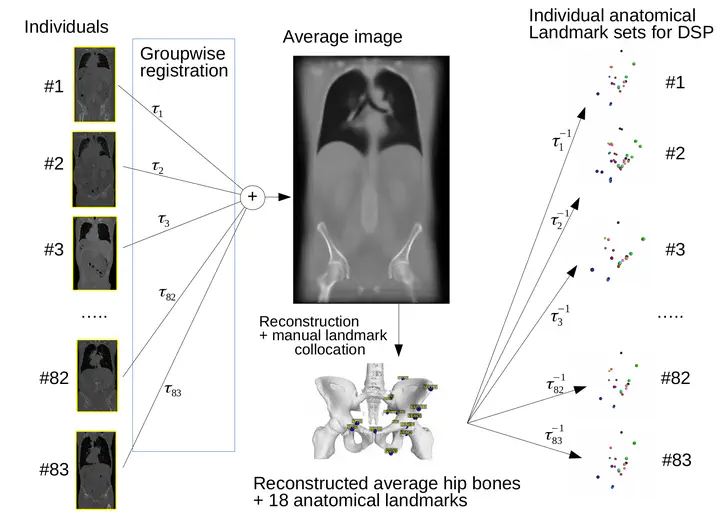The prospects for application of computational anatomy in forensic anthropology for sex determination

Abstract
The purpose of this study is to assess the relevance of computational anatomy for the sex determination in forensic anthropology. A novel groupwise registration algorithm is used, based on keypoint extraction, able to register several hundred full body images in a common space. Experiments were conducted on 83 CT scanners of living individuals from the public VISCERAL database. In our experiments, we first verified that the well-known criteria for sex discrimination on the hip-bone were well preserved in mean images. In a second experiment, we have tested semi-automatic positioning of anatomical landmarks to measure the relevance of groupwise registration for future research. We applied the Probabilistic Sex Diagnosis tool on the predicted landmarks. This resulted in 62% of correct sex determinations, 37% of undetermined cases, and 1% of errors. The main limiting factors are the population sample size and the lack of precision for the initial manual positioning of the landmarks in the mean image. We also give insights on future works for robust and fully automatic sex determination.